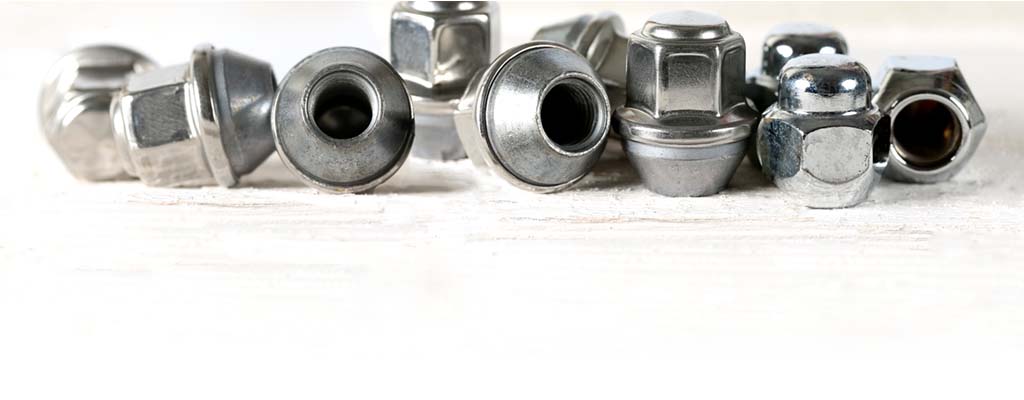What Are Lug Nuts & How Do They Work?
There are a lot of important parts on your vehicle, from brakes and struts to your tires and steering components. But the lug nuts that hold your wheels in place are some of the most vital. Those small parts ensure the wheel and tire assembly stay firmly attached to your vehicle. Whether you’re upgrading the look of your wheels with new lug nuts, buying custom wheels, or simply replacing worn or cracked ones, we have some tips to ensure you get the lugs you need for your wheels.
Different Types of Lug Nuts
There are many different types of lug nuts being used by auto and wheel makers today. The important aspects of any lug nut are the thread and the point where it meets the wheel, also called the lug seat. Below are the most popular lug nuts on the market today and their wheel compatibility based on the lug seat.
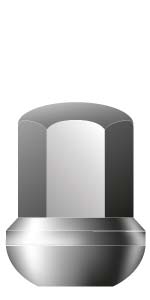
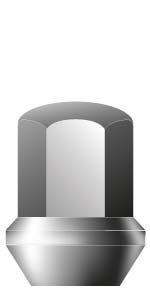
Spherical/Ball Seat as well as Conical/Tapered Seat: These are among the most utilized types of lug nuts. Spherical or ball seat lugs have a rounded seat while conical or tapered feature a cone-shaped seat.

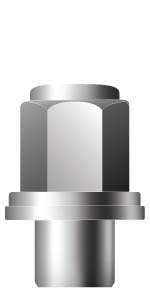
Flat Seat and Mag Seat: These lug nuts feature a seat that looks like a washer. Mag seat lugs have a longer threaded area.
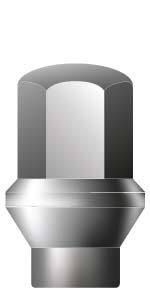
Extended Thread Seat: With a longer threaded area for longer bolts, these lugs require a special socket key for removal.
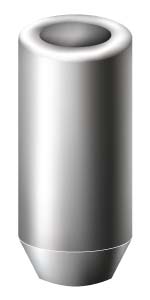
Tuner Style Seat: Often used to prevent theft, these lugs feature a conical seat and require a special socket key to remove them.
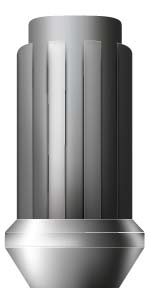
Small Diameter Drive Seat: Used to prevent theft, these conical seat lugs require a special socket key for removal.
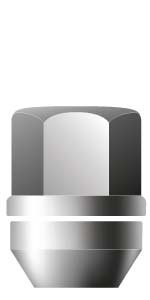
Two-Piece Lugs: Some truck manufacturers use 2-piece lug nuts. While engineers have shown these to be viable and strong lug nuts, over time water can get between the cap and base, causing swelling. This can make it difficult, and sometimes impossible, to remove the lug with normal tools.
Different Sizes of Lug Nuts
Like any car part, it’s important to know the size you need for your vehicle. Check your owner’s manual and look for the stud diameter and thread pitch. Then look for lugs that fit the seat of your wheels as well as the diameter (the first number in the set) and thread pitch (the second number). The diameter of the stud is the first number. The second is the thread pitch in either metric (distance between each thread) or standard (number of threads per inch).
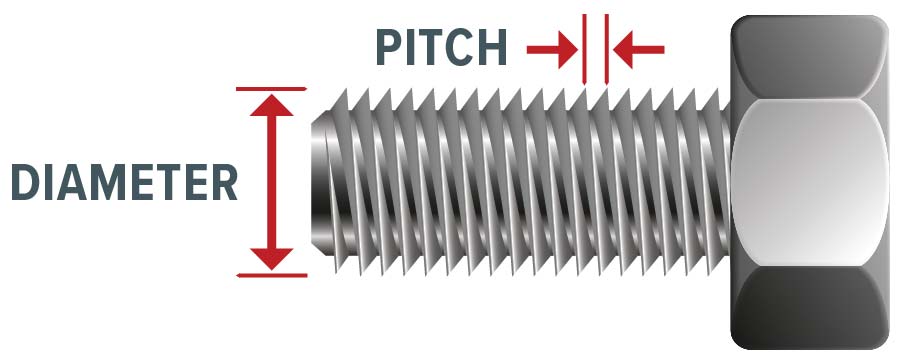
The most common sizes include: 10mm x 1.25, 12mm x 1.25, 12mm x 1.50, 12mm x 1.75, 14mm x 1.25, 14mm x 1.5, 14mm x 2.0, as well as 7/16" x 20, 1/2" x 20, and 9/16" x 18.
What Is Lug Nut Torque?
Lug torque is the amount of recommended force (measured in foot-pounds) that should be applied to a lug nut to ensure it stays firmly attached. Lugs that are under-tightened can wiggle loose. Tightening a lug too much can cause damage to the bolts on the wheel hub assembly. The correct torque can be found in your vehicle owner’s manual.
When Should I Replace My Lug Nuts?
The original equipment (OE) lugs that came with your vehicle should last for many years. But over time, they can develop rust, cracks, and more. They can even swell, making it difficult to remove them with a standard lug wrench.
It's time to replace your lug nuts if the threads are stripped or showing signs of slipping, cracked, damaged from deicer, the seat is worn and unable to stay in place, or when you get a new set of custom wheels.
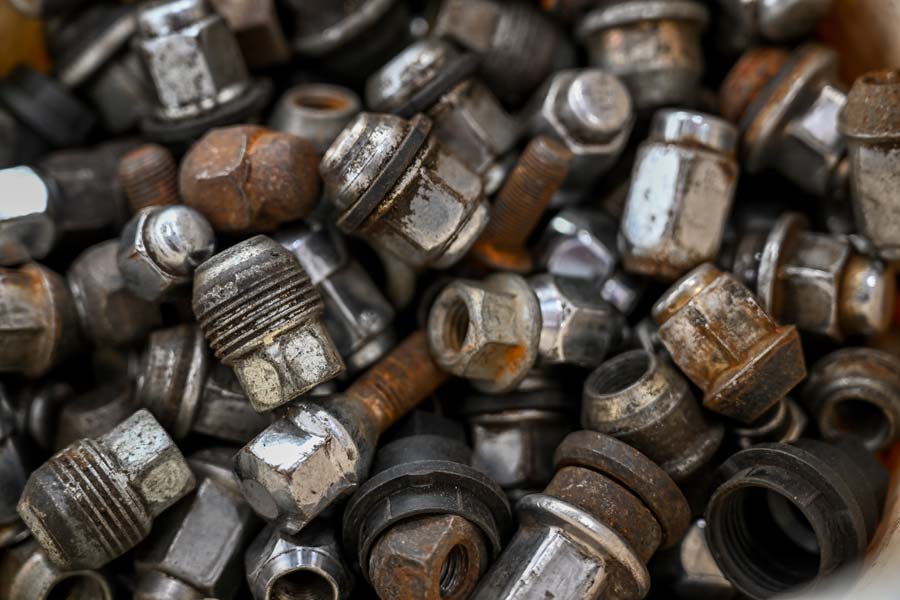
How to Replace Lug Nuts
If the lug nuts on your vehicle are damaged and need to be replaced, or you’re simply going for a new look, replacing yours doesn’t require lifting your vehicle. All you need is a torque wrench, the right size socket, and a few minutes. After you’re done, drive to your nearby Les Schwab and we’ll double-check the torque on your new lug nuts.
- Using the right size lug wrench, remove one of the lug nuts from one of the wheels.
- Carefully thread the new lug nut in place and tighten (torque) the lug to the manufacturer’s specifications based on the hub, thread pitch, and stud diameter.
- Repeat the process in a crisscross pattern, removing and replacing only one lug at a time.
Can I Use Aftermarket Lug Nuts?
Aftermarket lug nuts, as well as custom wheels, can give your car or truck a new look. When shopping for aftermarket lug nuts, be sure they are original equipment (OE) compatible with bolts on your vehicle’s wheel hub assembly.
Want to see what a new set of custom wheels would look like on your vehicle? Check out the Les Schwab wheel selector. Simply choose the year, make, model, and trim of your car or truck and we’ll show you all of your options.
How Much Do Lug Nuts Cost?
At Les Schwab, lug nuts typically start at $70 per set installed. However, prices can vary depending on the type and style you choose.
Our Les Schwab Wheel Warranty Promise
When you choose Les Schwab for your custom or aftermarket wheels, you’ll get more than great service, attention to every detail, and pros who can help you choose the right set of wheels for your ride. You’ll also get the Les Schwab Best Wheel Value Promise. This free warranty includes a one-year replacement program covering wheels that fail due to materials and workmanship defects, free rebalancing on the original installation, free retorquing at any time, and free safety inspections. Stop by Les Schwab today and check out your wheel options.

